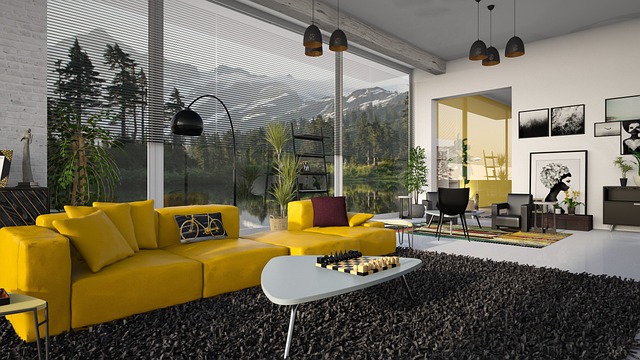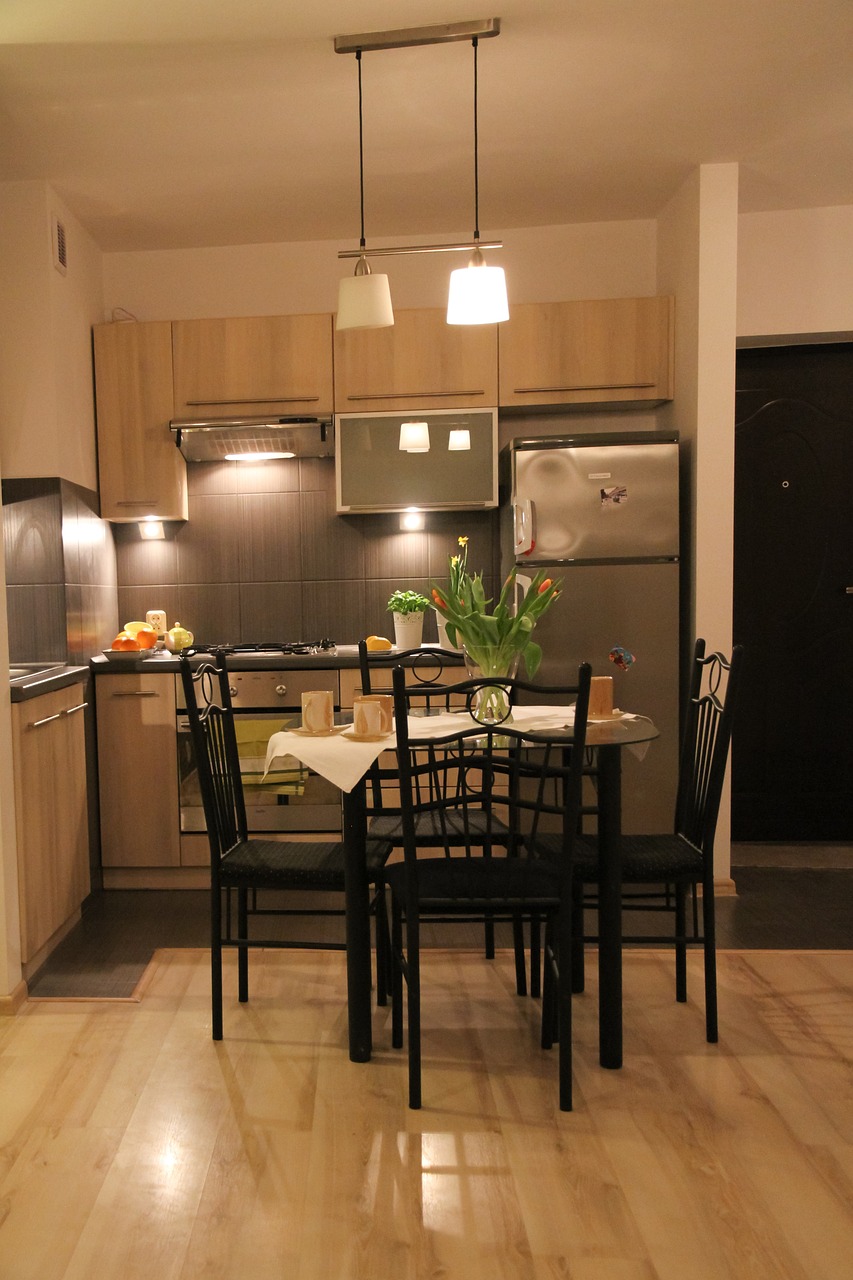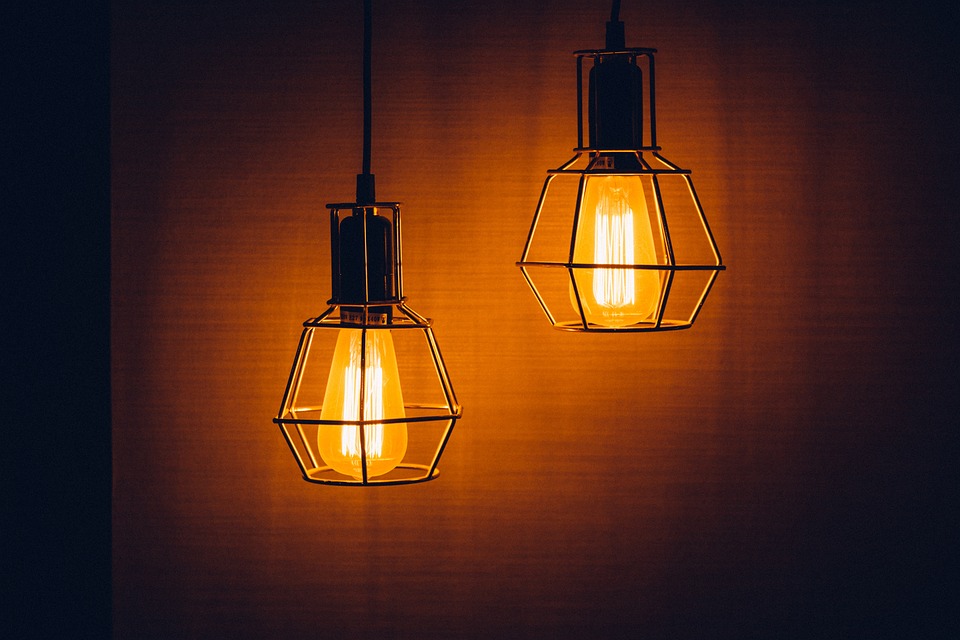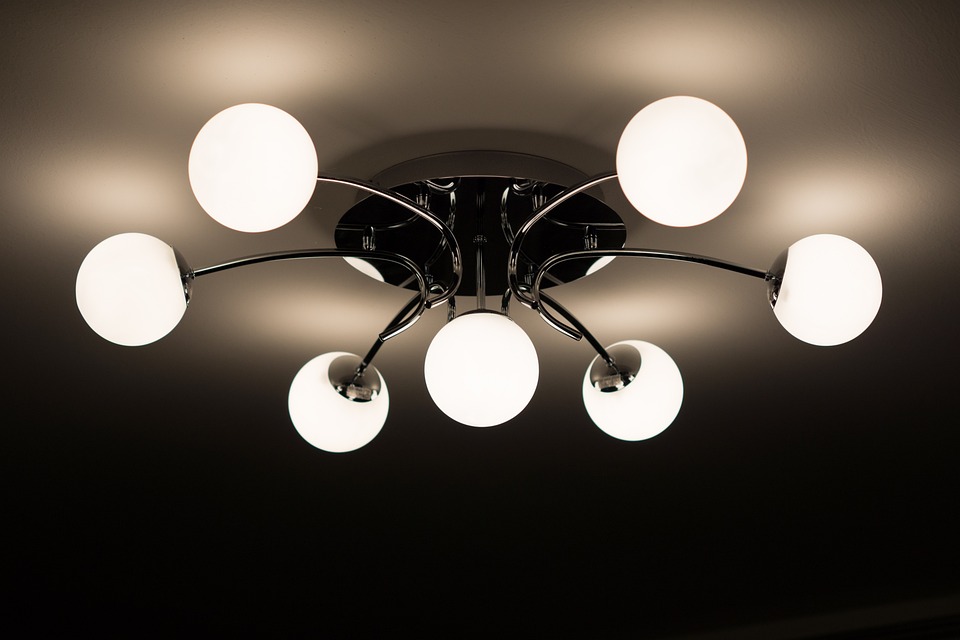Lighting is one of the most crucial elements of interior design. A well-planned residential lighting design can enhance the aesthetic appeal and functionality of a space. The right lighting can create a cozy atmosphere and transform your home into a warm and welcoming abode.
The Basics of Residential Lighting Design
Residential lighting design is the process of planning lighting systems for living spaces. It involves selecting appropriate fixtures, bulbs, and lighting schemes to meet the specific needs of a home. There are three main types of residential lighting: ambient, accent, and task lighting.
Ambient lighting provides overall illumination that allows you to see and move around a room. It can be achieved through ceiling-mounted light fixtures, chandeliers, floor lamps, or wall sconces. Ambient lighting is essential to create a comfortable and inviting atmosphere in a home.
Accent lighting emphasizes particular objects or features in a room. It can bring attention to artwork, sculptures, or architectural details. Accent lighting can be achieved through track lighting, spotlights, or directional lights.
Task lighting provides specific illumination for particular activities such as reading, cooking, or grooming. It can be achieved through desk lamps, under-cabinet lighting, or vanity lights. Task lighting is essential for performing specific tasks and activities.
Layering Residential Lighting Design
Layering is a fundamental concept in residential lighting design. Layering refers to the use of different types of lighting to create a visually appealing and functional space. A well-lit room should have a combination of ambient, accent, and task lighting to create the desired effect.
To achieve a well-layered lighting design, start by selecting the main lighting source, such as an overhead fixture. Then, add accent lighting to highlight specific features or objects in the room. Finally, incorporate task lighting to provide practical illumination for activities.
Lighting Fixtures for Residential Lighting Design
Fixture style and placement are crucial aspects of residential lighting design. The type and placement of fixtures can determine the mood and ambiance of a room. Here are some popular fixture types for residential lighting design:
Chandeliers: Provide ambient lighting and add a decorative element to a room. They are commonly used in dining areas, entryways, or living rooms.
Pendant Lights: A versatile fixture that can be used for ambient or task lighting. They are ideal for illuminating kitchen islands, dining tables, or reading nooks.
Ceiling Fixtures: Provide overall ambient lighting for a room. They can be used in hallways, foyers, or bedrooms.
Table Lamps: Provide ambient and task lighting. They are ideal for bedside tables or living room side tables.
Floor Lamps: Provide ambient and task lighting. They are ideal for reading nooks or complementing overhead lighting.
Wall Sconces: Provide ambient or accent lighting. They can be used in hallways, bedrooms, or bathrooms.
Residential lighting design is a crucial element to consider when designing a cozy home. With the right combination of ambient, accent, and task lighting, you can create a comfortable and inviting atmosphere in any room. Remember to layer your lighting and choose the appropriate fixtures to achieve your desired mood. By doing so, you can transform your home into a warm and welcoming sanctuary.






